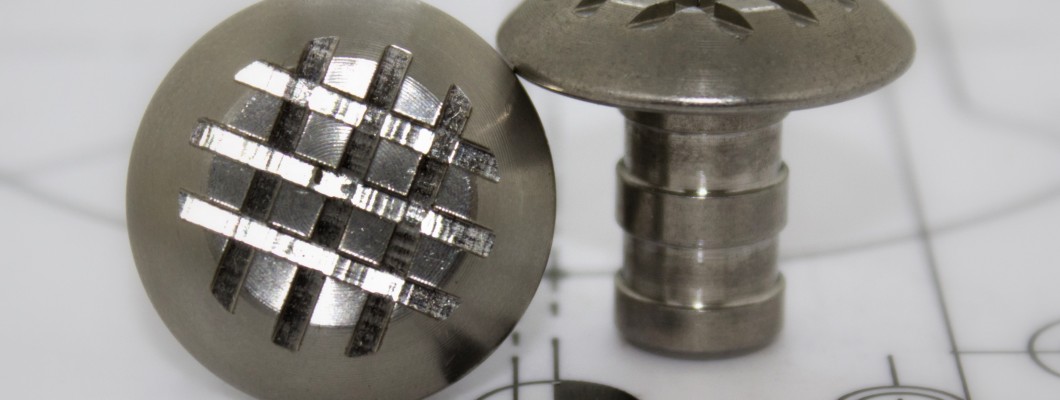
Road studs are small metal objects that are lodged into the ground to delineate
boundaries. They are usually made from
brass or steel and can be smooth or embossed, domed or flat. They provide a subtle and effective solution
for a range of situations.
Demarcation on Pavements
& Boundaries
You
will often see demarcation and tactile studs used to mark out pavements,
walkways and to show boundaries. They
are utilised both by the visually impaired and by all other pedestrians. They create a visually boundary and change
the texture of the ground underfoot alerting a pedestrian. The embossed road studs are slip resistant. They are commonly used to demarcate the edge
of a pavement or walkway, on a train station to mark the edge of the platform
or on a road crossing to demonstrate the width of the walkway. There are over 1 million visually impaired
people in the UK. Correct use of demarcation road studs and tactile studs can prevent injury
& accident, create a better flow of pedestrians and be a long lasting and
attractive solution to pedestrian management.
Demarcation
studs can be retrofitted into hard surfaces so are ideal where a change of use
has occurred, or a problem has arisen after construction.
Alternative
to Cones & Barriers
Demarcation
studs can provide a practical alternative to cones and barriers. As they are a permanent fixture they cannot
be moved by people, and they do not clutter up space in shops or on pavements. They have been successfully used to indicate
social distancing spacing & queue positioning in shops and outside venues.
Demarcation in Car
Parks
Using
demarcation studs to mark out bays in car parks prevents the need for regular
line painting. The studs are useful for
drivers as they can feel if their car has gone over the bay boundary without
having to look outside of the car. In
addition, metal road studs have a degree of reflectivity which is useful in low
light conditions.
Installation of Road Studs
Installation of demarcation, tactile & road studs is straightforward with the correct tools. Firstly, the locations must be marked out. We would always recommend equidistant installation for the smartest appearance. A hole must be drilled as specified by the type of stud. Clear the hole of debris before installation. We suggest installing studs with this 2-part polyurethane resin adhesive. It is cold applied, avoiding the need for hot works. Fill the hole with adhesive to the point that it does not emerge when the stud is applied. Press the stud in firmly until it is level to the road surface. Wipe away any excess adhesive and leave to set.
Our Road Studs & Tactile Studs
All of our road, tactile & demarcation studs are made in the UK to high standards. They are made from stainless steel or brass and they are available for fast delivery with additional discounts for bulk delivery. If you would like any advice about customisation or any other issue please contact our friendly customer support team.

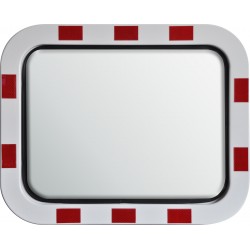
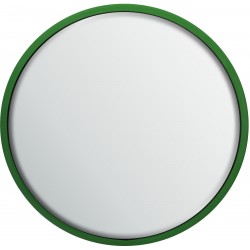
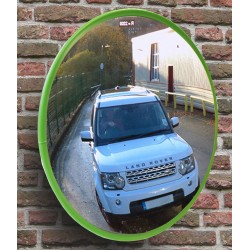
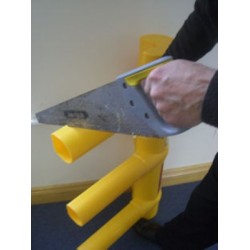
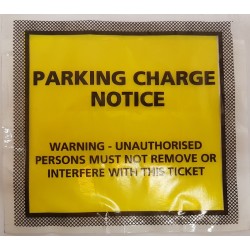
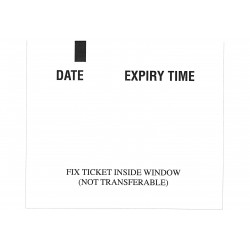
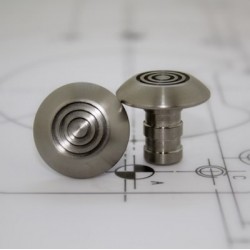
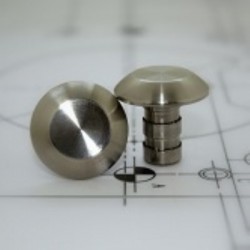
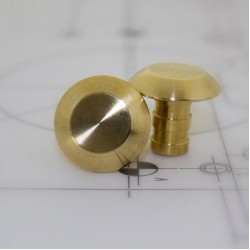
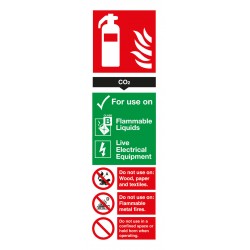
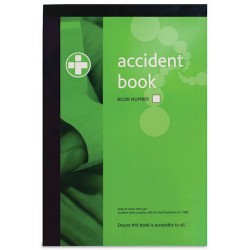
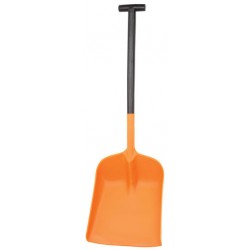
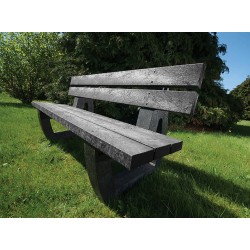
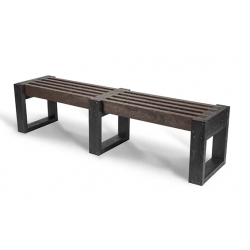
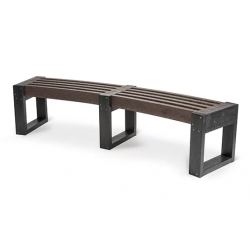
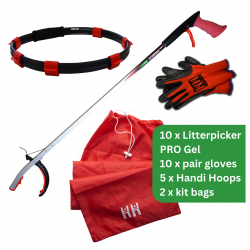
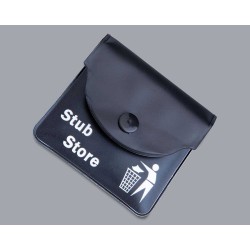
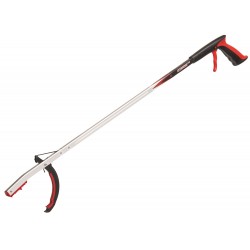
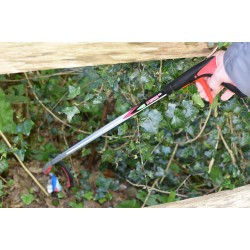
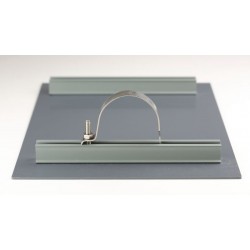

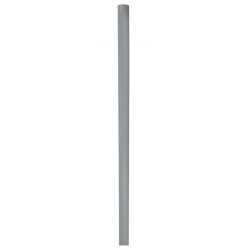
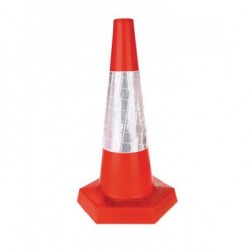
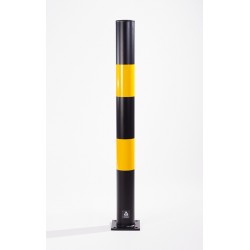
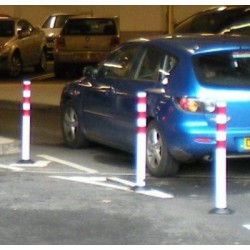
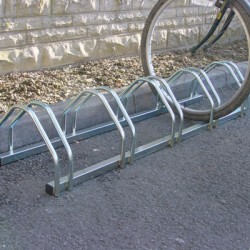
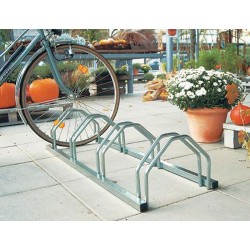
Leave a Comment